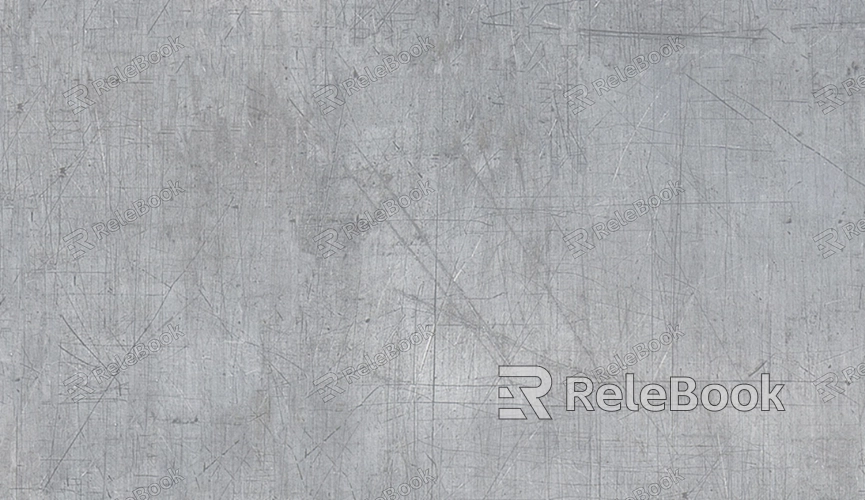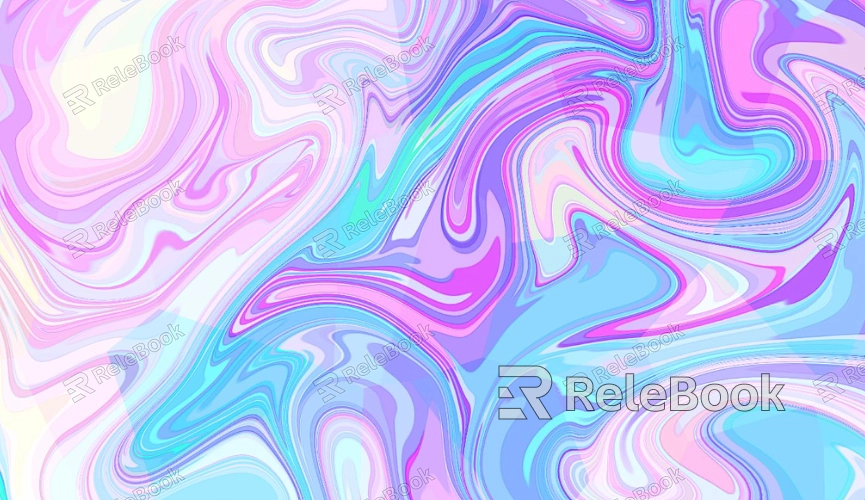How to Make a 3D Texture in UE4
In 3D modeling and rendering design, 3D textures are crucial elements that add detail and realism to models, enhancing the overall rendering effect. In our daily work, whether in game development, virtual reality (VR), or film effects, the application of 3D textures is widespread. This article will guide you on how to create 3D textures in UE4, from texture creation to practical application, helping you improve your workflow and produce more expressive 3D projects.

Understanding the Basics of 3D Textures
Before diving into creating 3D textures, it’s essential to understand the basic concept behind them. A 3D texture, as the name suggests, is a type of texture mapping used in three-dimensional space, usually for mapping 2D images onto the surface of a 3D model. These textures not only affect the surface details of a model but also display different visual effects under varying lighting conditions. In UE4, the commonly used 3D textures include the following types:
Base Texture: This is typically a color map that defines the base appearance of the model.
Normal Map: Used to simulate surface detail, giving flat models more depth and realism.
Roughness Map: Determines how light reflects off the surface, affecting the smoothness of the material.
Metallic Map: Controls whether a surface has metallic properties, influencing its reflective shine.
Creating Textures with Photoshop or Substance Painter
The first step to using 3D textures in UE4 is to create them. We often rely on tools like Photoshop and Substance Painter for this task. Photoshop is one of the most basic and widely used tools for creating simple color or roughness maps. On the other hand, Substance Painter is a powerful texture-painting software that excels at creating detailed textures, including normal maps.
Steps:
In Photoshop, you can create multiple layers to separate different texture elements, such as base colors, shadows, and highlights.
In Substance Painter, you can directly paint on the model, using its vast material library and smart fill features to quickly generate lifelike textures.
Importing Textures into UE4
Once you've finished creating textures in an external tool, the next step is to import them into UE4 and apply them to a material. The process typically involves the following steps:
Open the UE4 Editor, right-click in the Content Browser, select Import, and then choose your texture files.
After importing, you will see the texture files in the Content Browser. At this point, you can create a new Material.
In the Material Editor, assign the textures to the corresponding slots. For instance, connect the base texture to Base Color, the normal map to Normal, and the roughness map to Roughness.
Optimizing Texture Effects with the Material Editor
UE4's Material Editor provides a powerful node-based system that allows you to flexibly adjust and optimize how textures are displayed. Here are several ways you can enhance the visual effects of your textures:
Modify Texture Coordinates: Use the Texture Coordinate node to adjust the mapping of textures, such as scaling or rotating them.
Blend Multiple Textures: Use the Lerp (Linear Interpolation) node to blend multiple textures together, creating more dynamic visual effects.
Add Special Effects: For example, adding a Fresnel Effect can make the model display different reflections at varying angles.

Applying 3D Textures to a Model
Once you’ve finished creating the textures and applied them to the material, the next step is to apply the material to your 3D model. In UE4, the process is fairly simple:
Open the Static Mesh editor and select your model.
In the Material Slots section, choose the material you just created and drag it onto the model.
Preview the texture effects in the Viewport, and adjust the texture mapping or scale as necessary to ensure it fits the surface of the model.
Adjusting Lighting and Rendering Effects
The visual effect of a texture is not only influenced by the texture itself but also by the lighting settings in the scene. In UE4, you can adjust the light type, light intensity, and reflectivity to alter how the texture appears.
Ambient Light: Adjusting the intensity and color of ambient light influences the overall brightness of the texture on the model's surface.
Point and Spot Lights: These light sources can enhance texture details, especially when using complex normal maps and roughness maps.
Performance Optimization
When creating and applying 3D textures, performance optimization is essential, particularly in game development. To ensure smooth performance, consider the following measures:
Texture Compression: UE4 offers various compression options during texture import. Choose the appropriate compression format based on your needs to minimize memory usage.
Reduce High-Resolution Textures: Avoid using extremely high-resolution textures for every model. In games, lowering the texture resolution can significantly improve performance.
Using Blueprint for Dynamic Texture Effects
UE4’s Blueprint system enables you to add dynamic effects to 3D textures, such as changing the texture display or adding animation effects. By using Material Instances, you can make the material more dynamic, allowing for real-time texture changes during gameplay or rendering.
By following these steps, I’m confident you can successfully create and apply high-quality 3D textures in UE4. Whether you’re working on game development or other 3D projects, mastering this skill will significantly improve both your workflow and the quality of your projects.
If you're looking for high-quality 3D textures, SketchUp models, or 3ds Max models to help create your models and virtual scenes, Relebook offers a rich collection of resources to help you achieve excellent visual results in your projects.

